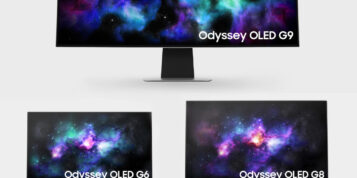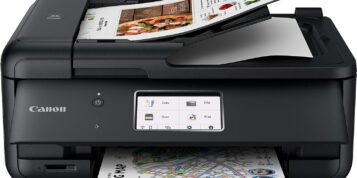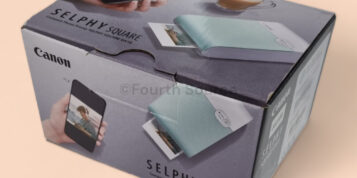Is it a fad or an industry disrupting technology about to change everything from how we view TV to shop on the internet? The rise of Virtual Reality (VR) technology has been in the press a lot in the last couple of years. Now, with the introduction of cheap cardboard VR sets, there is undoubtedly great potential for marketers to leverage this burgeoning tech and create a more engaging experience for customers across the board.
What are Cardboard VR Sets?
There’s no doubt that companies like Google have introduced cardboard VR and other cheap alternatives to get people involved in the brave new world of virtual reality. These are basically cardboard goggles which work with a smartphone to produce a VR effect. There are a growing number of apps out there that are beginning to cater for this particular market, mostly free to download. If you have a little DIY know how, you can make your own head set, though at prices between £3 and £15 for a cardboard one it’s much simpler to buy.
What is the Potential for Marketers?
One of the key factors for the use of VR in marketing has been its affordability and availability for potential customers. Developing a strategy and producing engaging content is one thing but you need a decent return on investment if you are going to put your time and resources into it. While one side of the coin is being addressed with the development of cheap VR sets that work with your smart phone, there is still the major challenge for brands and marketers to find what kind of content is going to work best.
It’s this other side of the VR puzzle that is the problem. There is currently some good content, like the app that gives a 360-degree view of a Paul McCartney performing Live and Let Die on stage. There is also some pretty ordinary, uninspiring content that does little to engage users and there are some downright bad examples of content with low quality images. You’d expect that at this early stage in the VR revolution.
Another problem is which smartphones work best with cardboard VR and what quality processor and image definition you need. Compared to full-throttle VR, these introductory level gadgets don’t have the functionality that people probably want to see. That’s the bad news.
The good news is that these are early days and things are definitely going to improve. Apps are coming on the market every day and you would expect the tech to get better and more intuitive over time. It’s important for marketers to keep an eye on this development.
For now, if you run say a travel company, providing immersive 360-degree views of local beauty spots and your hotel rooms is a pretty good idea. Combining VR with augmented reality where you provide useful information for customers when they focus on a particular product is another option with plenty of potential. For those marketers with a little imagination and a decent budget there are certainly options to explore.
The big companies are already starting to get in on the act. Coca Cola produced a virtual Santa sleigh ride last winter and McDonald’s have done a trial of producing their own cardboard VR set to incorporate their Slope Stars game. You can travel through a fridge with the cheese product Boursin and there’s even a chance to test drive a Volvo.
Obviously, a lot of time and money has been put into these VR advertising and marketing campaigns. For smaller businesses, getting it right is more of a challenge but that shouldn’t mean VR is not for them. A lot can be achieved nowadays if you have a good concept and can find a cost effective way of implementing it. According to many marketing strategists, the cardboard VR marketing campaigns that are likely to work need to:
- Be immersive with few distractions
- Create a bigger impact than other mediums such as straight video.
- Stick in the audience’s memory longer.
- Be something new that gets people talking.
The experience of the user is key in all this, particularly with something which has the potential to grow quite quickly like cardboard VR. The marketers who can tap into this potential and produce apps that are either useful to their customer base and/or get people sharing will find a pretty good return on investment. Expect huge developments in this area over the next couple of years.





